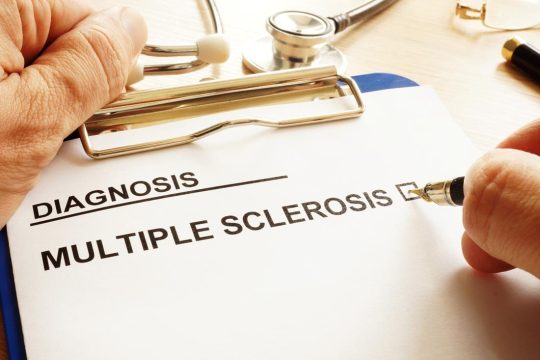Advertisment
ATC Report 2012 – New assay is a breakthrough in cross-matching

by Thomas R. Collins – A method for cross-matching organ donors and recipients — using beads and human complement — is producing more reliable results, making for transplantation of hearts and kidneys that stand a lower risk of rejection, researchers said here at the 2012 American Transplant Congress.
Dolly Tyan, PhD, Professor of Pathology at the Stanford University School of Medicine, said that an assay — using C1q, the first component of human complement, and beads bearing a single antigen on their surfaces — has proven to be highly reliable.
This cross-matching technology is leaps and bounds ahead of the complement-dependent cytotoxicity (CDC) assay, Dr Tyan said.
“That particular assay yields a PRA, a panel-reactive antibody, and a PRA is actually not a specific thing,” she said. “And even though the literature now has been filled with PRA data for many years, it really is essentially almost a meaningless number.”
That’s because the test involves putting a different type of cell in each of about 50 wells and reacting a patient’s serum with the wells. So the results depend on which cells are placed in the wells. For a patient with an A2-positive antibody, if five anti-A2 antibodies are used, the PRA would be 10%; but if 50 anti-A2 antibodies are used, it would be 100%.
“It has nothing to do exactly with what antibodies you detected,” she said. “It depends (on) how I create my panel what kind of PRA I’m going to get.”
Technology now allows much more specificity.
Single antigen beads have been a huge breakthrough, she said. Using Luminex technology, which measures the beads’ fluorescence, the colours of the beads are read.
“Now what we get is a single antigen on any given bead which we can clearly distinguish,” she said. “We get the MFI (median fluorescence intensity, a commonly used measure of the antibodies that have bound) and we now can identify the antibody. You can do this even if the serum is broadly reactive because there’s only a single antigen on each bead so you know exactly what the antibodies are.”
An assay developed by Tyan’s lab allows transplant specialists to see which antibodies are inhibited by intravenous immunoglobulin in a way not possible with the standard immunoglobulin G (IgG) assay.
A bead with a single antigen is reacted with a patient’s serum, the antibodies bind, and then it is then spiked with human C1q, which is allowed to bind. Then an anti C1q reagent is added.
“You get a signal only where C1q has bound,” Dr Tyan said.
The problem with the IgG assay is that it is too general — and adding the C1q element brings focus.
In a study of 96 samples of sera, researchers found that there were 193 positives using the CDC assay, 991 using the C1q assay and 2118 using the IgG assay.
“There is a 513 percent increase in the number of antibodies that could potentially bind complement than we could find by the cytotoxic assay,” Dr Tyan said. “The universe of complement-fixing antibodies in our patient samples is much bigger than you would expect if you were doing it by cytotoxicity and it’s much smaller than you would expect if you were doing it by IgG.”
She said that based on their results, antibodies that are IgG-positive and C1q-positive are linked with adverse outcomes for both transplanted kidneys and hearts. And IgG-negative and C1q-positive antibodies that are donor-specific can also have an adverse effect on heart allografts.
The C1q assay has borne a close resemblance to what actually happens during treatment with IVIG, Dr Tyan said.
“There is a very high correlation between the predictability by this assay and what you’re actually going to achieve by treating your patients, which is very handy,” she said. “Because you don’t want to be wasting the money and the time. And you don’t want to get the side effects of the infusion if you can tell ahead of time whether the patient will benefit.”





